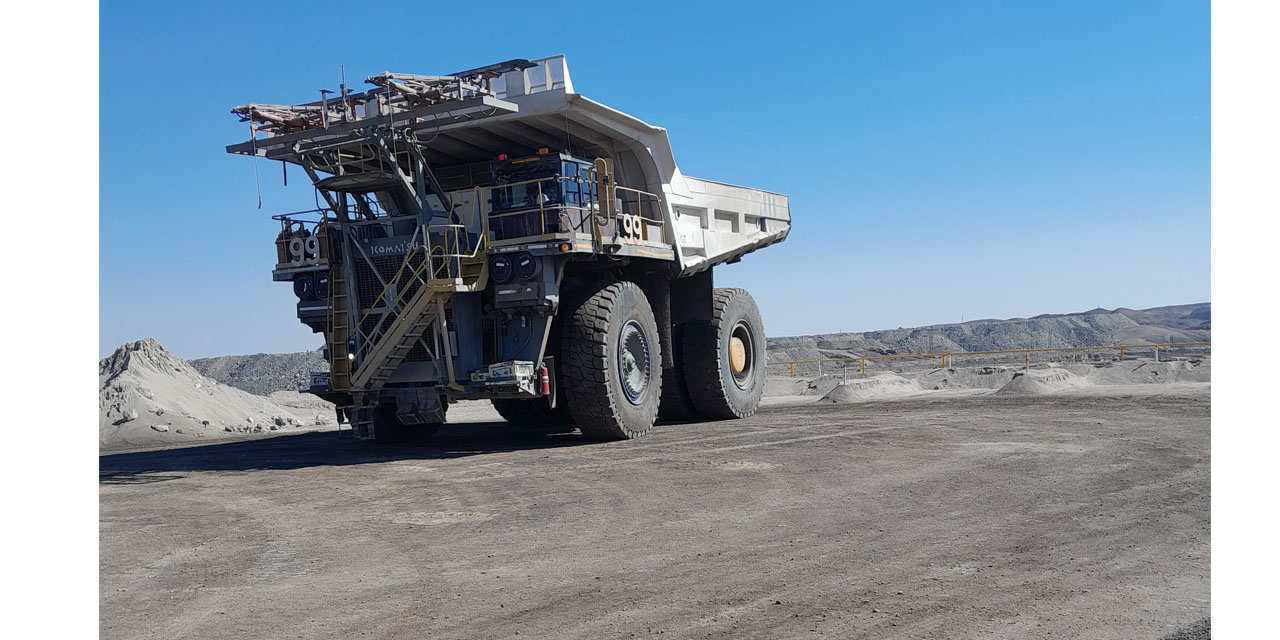CHAMWE KAIRA
Rössing Uranium mine at Arandis in the Erongo Region plans to continue pushing for more revenue uranium oxide sales on the spot market, this year, which results in the company benefiting when uranium prices are high, senior company officials told journalists last week.
Managing Director, Johan Coetzee and General Manager, Commercial and Marketing, Jingtao Frank Chang said in response to questions from the media that spot prices enable the company to earn extra money on top of the earnings from fixed contracts.
In 2022, Rössing produced 5.9 million pounds U3O8 (uranium oxide), but only sold 5.7 million pounds U3O8, according to its 2022 Sustainability and Performance Report.
A total of 2.6 million pounds were shipped to western converters and sold to customers in North America, Asia (excluding China) and Europe, Middle East and Africa (EMEA). A total of 1.3 million pounds were shipped and sold to China. An additional 1.8 million pounds were sold to non-utility customers (traders and funds) on the spot market, capitalising on the sudden price spike during the year.
In the current financial year, Rössing is focusing to sell 1.4 million pounds to non-utility customers, Chang said.
In 2022, Rössing continued to benefit from the contractual sales prices in its contract portfolio.
“While the operation has boosted its resilience through various capital projects to ensure its ability to deliver on contractual obligations, our marketing approach has also adopted an appropriate allocation between future contractual and spot exposure to cover at least until 2026. The marketing team will further strengthen the communication with potential buyers of uranium and try to commit more sales on the market, adding to the longer-term sustainability of the operation, beyond 2026,” the Sustainability and Performance Report.
In 2022, the unrest in Kazakhstan in January, and conflict between Russia and Ukraine from late February pushed the spot market price to a new height, with the daily spot price peaking at $63.75. However, as equity markets fell in late April, and some buyers shied away from purchases because of the high price, both spot volumes and prices fell dramatically in early May. The spot price has been bound in a tighter trading range, oscillating around US$50 throughout the second half of the year.
Namibia is now the third largest primary producer of uranium oxide globally, after Kazakhstan, which continues to dominate the market from a supply side, and Canada. Rössing contributed approximately 4.4% to world primary production during 2022.
According to UxC, the nuclear industry’s leading market research and analysis company, there are now 432 operable units with roughly 389 GWe in capacity in 33 countries as of early December 2022.
Under UxC’s base case scenario, it is anticipated that global nuclear energy will reach 34 countries with 441 reactors (~402 GWe net) in 2030, and 35 countries with 512 reactors (~489 GWe net) in 2035. In the forecast scenario, most of the growth by 2035 is anticipated to come from Asia (especially China); however, sizeable nuclear gains are also envisioned in Eastern Europe and Africa and the Middle East.




